
While many of us never really think or care about which species of brassicas we grow, there are some benefits, if not surprises, to knowing which is which, especially when it comes to fall sowing versus spring sowing.

Brassica oleracea versus Brassica rapa
The most familiar of brassica crops (cabbage, broccoli, brussels sprouts, and cauliflower) all share a common ancestor, Brassica oleracea, a biennial species that originated in the warmer Mediterranean. All of these crops grow best in spring and summer, as the days grow long and the weather is warm.
If you’ve ever tried to grow bok choi or napa cabbage in the spring, though, you know things can go wrong quickly once the weather becomes too hot too soon. They’ll go to seed. These are crops that share a different ancestor, Brassica rapa, which many botanists believe originated in northern Asia. B. rapa includes Asian vegetables such as bok choi, tatsoi, and napa cabbage, but also most turnips (except rutabaga) and mustard. It also includes a few surprises, such as Italian broccoli, commonly known as rapini. As a group of plants, the species provides us home gardeners in the Northeast with a valuable series of crops to try growing in fall, as they are quick growing, cold tolerant, and allow us to repurpose beds that otherwise might remain empty until spring.
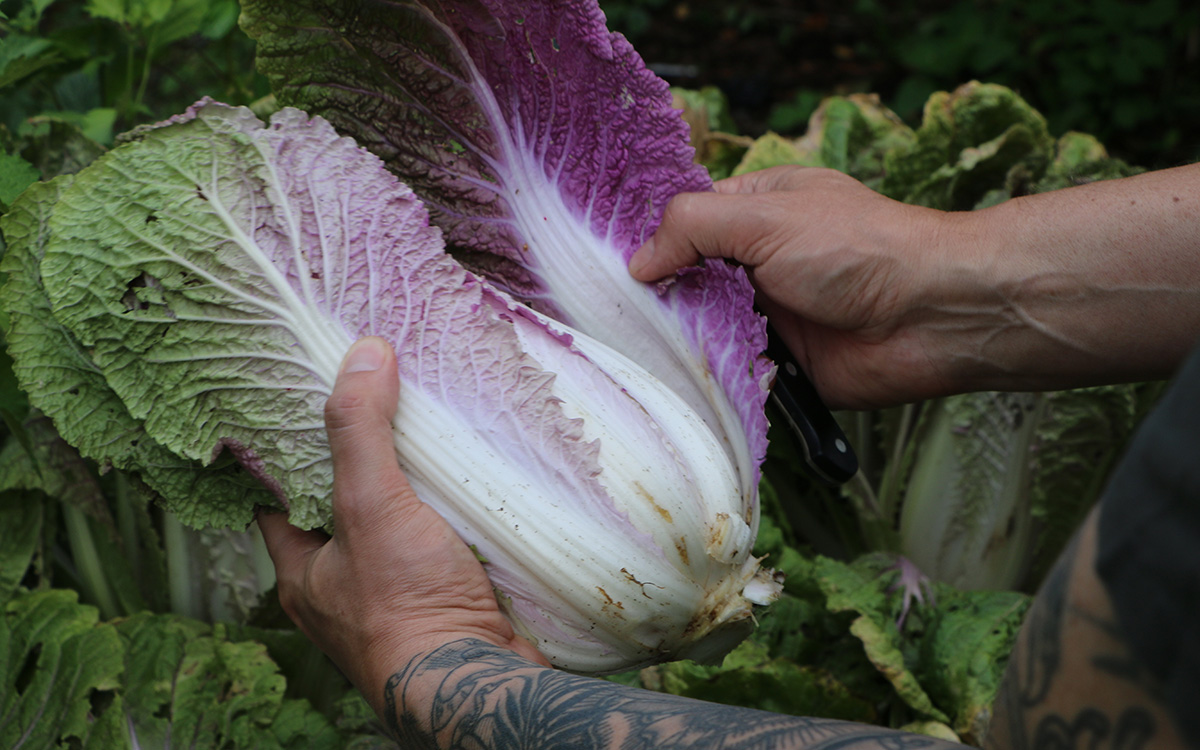
Grow these plants in fall
In the Northeast, these are all quick-growing crops that can be sown anywhere from late August through late September and grown through fall, depending on the weather and climate in any given year. Later crops will benefit from a protective layer of floating row cover. Beyond that, most are trouble free and often perform nicely with a minimum of care.
Floating row cover allows the elements to enter but discourages insects. It also creates a microclimate, raising the soil temperature a few degrees. It thereby protects crops from cold-weather damage (even though B. rapa crops actually enjoy light frosts, only giving in once the ground freezes solid). September-sown crops can often be harvested by Halloween, and harvest-time can extend well into December.
Sowing fall brassicas
I sow B. rapa varieties in 2-inch pots to germinate in the warm fall weather outdoors. Once seedlings form their second or third pair of leaves, I transplant them into elevated planting boxes. These boxes are now empty, as summer crops such as tomatoes or basil have called it quits for the season.
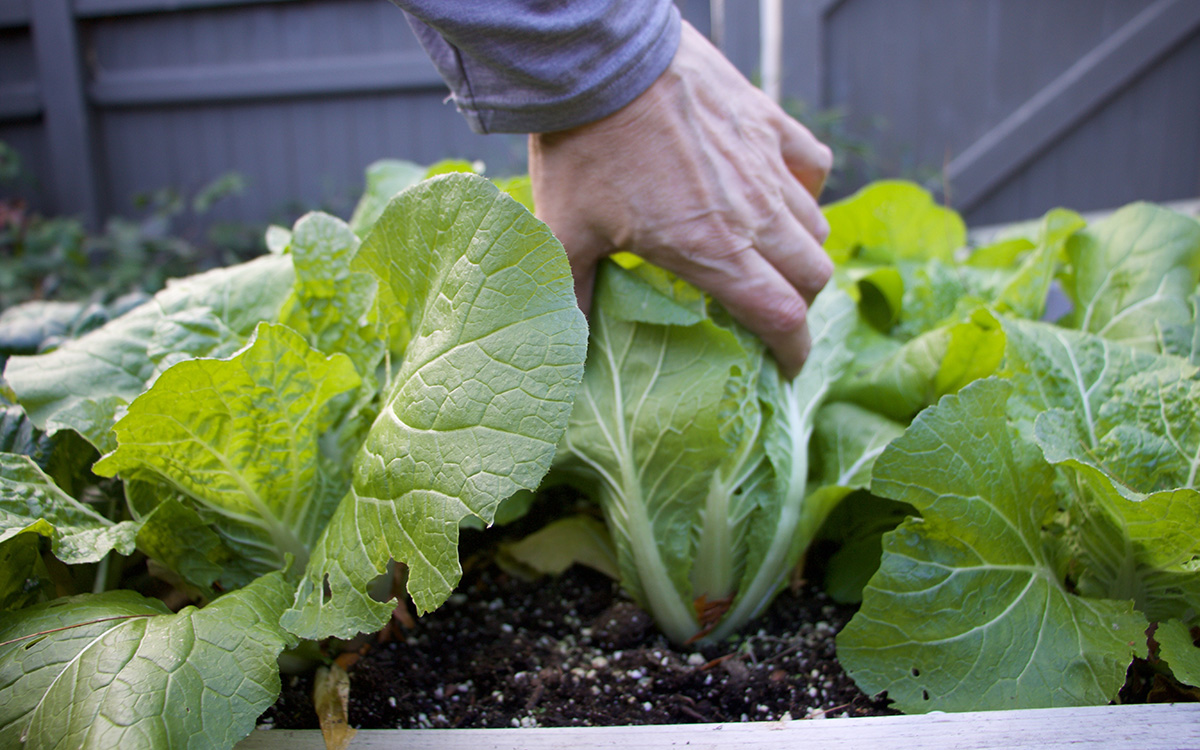
Growing napa cabbage
Napa cabbage, both the miniature and full-size varieties, are sown in the very same way but are set out in raised beds and covered with a floating row cover, as a mild extended summer can still present some insect problems—particularly flea beetles. However, if raised in elevated beds higher than 30 inches tall, crops remain relatively free from such jumping ground insects. After a few hard freezes, though, most insect problems are done with. And yet you should keep floating row cover on to protect these hardy plants from those hard freezes (a light freeze rarely harms them). Some napa cabbages can even be harvested as late as Christmas Day.

Growing turnips
Turnips, including white Japanese varieties and purple top types, can be sown directly into the garden. I often sow them where I had string beans or zucchini growing in the summer. Sown as late as mid-September, some, like salad turnips, can mature as quickly as thirty-five days. The real treat is that there are many varieties to grow that are not found at supermarkets, and the cooler fall weather keeps insect damage down. If weather turns dry, water these crops well. Otherwise, as long as you’ve practiced crop rotation (never planting a brassica where another brassica crop grew in the previous season), you should not have problems with the most common pest affecting turnips—cabbage root maggot fly. You can tell if you have a cabbage root maggot fly problem because the larvae cause tell-tale brown trails inside a cut-open turnip (and they also affect radishes). Plant turnips where peas, beans, squash, or tomatoes grew earlier, and never where any brassicas may have been growing in the previous season.
If you’ve ever struggled with raising healthy-looking bok choi, rapini, or mustard, it may have been because you tried growing them as spring vegetables or sowed seed too early indoors. Next time, try all of these B. rapa varieties as late summer- and fall-sown crops, and enjoy a harvest that is nearly foolproof and can extend your harvest well into late fall and early winter.
For more on growing brassicas, check out:
—Matt Mattus is the author of two books: Mastering the Art of Flower Gardening and Mastering the Art of Vegetable Gardening. He gardens in Worcester, Massachusetts.
Fine Gardening Recommended Products

Gardener's Log Book from NYBG
Fine Gardening receives a commission for items purchased through links on this site, including Amazon Associates and other affiliate advertising programs.
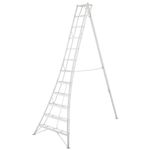
Hasegawa Tripod Ladder
Fine Gardening receives a commission for items purchased through links on this site, including Amazon Associates and other affiliate advertising programs.

The New Organic Grower, 3rd Edition: A Master's Manual of Tools and Techniques for the Home and Market Gardener, 30th Anniversary Edition
Fine Gardening receives a commission for items purchased through links on this site, including Amazon Associates and other affiliate advertising programs.



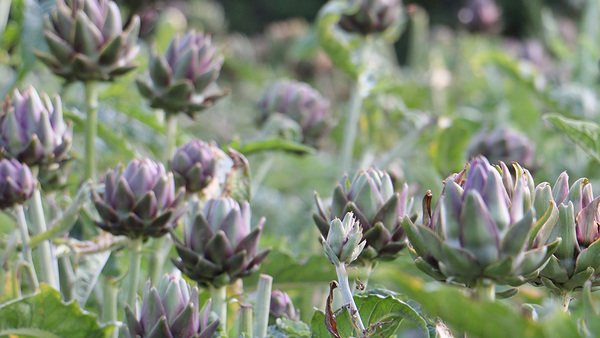
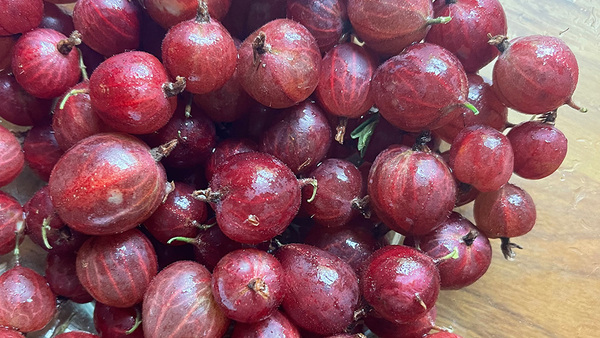
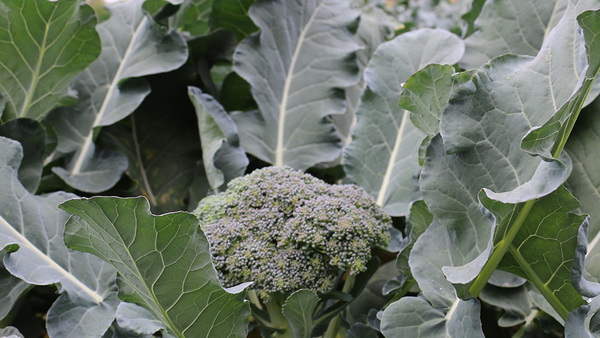













Comments
Log in or create an account to post a comment.
Sign up Log in